E-commerce evolves really quickly, and those who are working in this domain know this reality. Failing to recognize emerging trends can lead to missed opportunities, while understanding and leveraging them can set a business apart from the competition. In this article, we’ll explore the key e-commerce trends you need to know in 2025. By preparing to leverage these trends, businesses can enhance customer experiences, boost sales, and stay ahead in the competitive landscape.
1. AI and Personalization
AI and machine learning are making e-commerce more intelligent and customer-focused. As technology advances, businesses use AI to analyze large volumes of data, predicting consumer preferences and enabling highly personalized shopping experiences. AI powers product recommendations that suggest items based on a customer's browsing history, preferences, and behavior across platforms.
Let’s take an example of UnscrambleX. It uses algorithms to analyze letter combinations and find optimal outcomes. E-commerce businesses apply similar AI-driven data analysis techniques to identify patterns in customer behavior.
Personalized marketing messages, crafted using AI-driven insights, increase engagement and boost conversions. AI-powered chatbots also provide instant customer service, addressing questions and resolving issues in real time.
Ad Platforms Using AI
In addition to improving on-site personalization, AI is revolutionizing advertising efforts on platforms like Meta Ads and Google Ads. AI optimizes ad targeting by analyzing user behavior and interests to display the most relevant ads.
In Meta Ads, AI can automatically adjust bidding strategies and target specific customer segments to maximize return on ad spend. Google Ads also uses machine learning to enhance ad relevance, bidding, and targeting, ensuring businesses reach the right audience at the right time.
2. The Growth of Voice Commerce
Voice commerce has been gaining momentum since the introduction of smart assistants like Amazon’s Alexa and Apple’s Siri in the mid-2010s. Initially, these devices were designed for tasks like setting reminders or playing music, but they soon became popular tools for e-commerce. They allow consumers to make purchases and interact with brands hands-free.
Instead of typing out searches, customers can simply speak their queries, and smart assistants provide instant results. In the U.S., 8% of adults report using voice shopping regularly, highlighting the growing adoption of this technology. This was for shopping, 32% of consumers said they use the voice function daily to search for something they’d normally type into a search engine.
To stay competitive, businesses need to optimize their websites for voice search. This involves focusing on long-tail keywords and making content more conversational. They have to ensure that their websites work seamlessly with voice-activated devices.
3. Mobile-First Shopping
Mobile commerce is experiencing explosive growth, and by 2025, it’s expected to dominate the shopping landscape. In fact, mobile devices are projected to account for over 70% of global e-commerce sales by 2025, up from 58% in 2021. This trend highlights the shift toward a mobile-first shopping experience, driven by the increasing use of smartphones for online shopping, browsing, and payment processing.
Consumers expect seamless experiences across all devices, and companies must ensure their websites are optimized for mobile to retain customers. A mobile-friendly design makes it easier for shoppers to navigate, browse products, and make purchases on the go.
Features like one-click shopping, mobile wallets (such as Apple Pay or Google Pay), and optimized checkout processes are becoming standard expectations. These features streamline the buying process that allows customers to make purchases quickly and securely with minimal effort. Mobile optimization ensures that every interaction, from browsing to checkout, is as smooth as possible, leading to increased conversions and customer satisfaction.
4. Augmented Reality (AR) and Virtual Reality (VR) in E-Commerce
AR and VR are enhancing online shopping by offering virtual try-ons, interactive product demos, and 360-degree views. These technologies help customers visualize products more realistically, reducing uncertainty in purchasing decisions.
As AR and VR gain popularity, consumer behavior is shifting toward more immersive shopping experiences. Brands like Sephora and IKEA are already using AR to allow customers to try on makeup virtually or see how furniture fits in their homes.
5. Social Commerce and Shoppable Posts
Social commerce refers to the integration of e-commerce with social media platforms. It allows users to shop directly from their feeds. This trend has grown rapidly, driven by the increasing popularity of social media and its ability to influence consumer behavior.
Platforms like Instagram, Facebook, TikTok, and Pinterest have seamlessly merged social interaction with shopping experiences. Users can discover and purchase products without leaving the app.
Shoppable posts, live shopping events, and influencer collaborations are at the forefront of this trend. Brands are using these tools to promote products in a more organic and engaging way. Shoppable posts allow users to click on images or videos to make a purchase instantly, while live shopping events create a sense of urgency and excitement around product launches.
Influencers also play a key role in driving sales by promoting products to their engaged audiences. Businesses can leverage social commerce to increase visibility, reach a wider audience, and drive sales by tapping into the social media platforms where consumers spend their time.
6. Subscription-Based E-Commerce
Subscription-based e-commerce has seen a significant rise across various industries, including beauty, fitness, food, and fashion. This model offers customers the convenience of regular deliveries of products or services tailored to their needs, while businesses benefit from a steady and predictable revenue stream.
The benefits of subscription services are twofold. For businesses, they ensure customer retention, reduce churn, and provide valuable insights into customer preferences. For customers, subscriptions offer convenience, personalized options, and often exclusive products or discounts.
7. Same-Day and Instant Delivery
Consumers are increasingly demanding faster and more efficient delivery services. They expect products to arrive quickly, often on the same day. This shift has pushed businesses to adopt same-day and instant delivery options to meet customer expectations and stay competitive in the e-commerce space.
Companies like Amazon Prime have set the standard, offering same-day delivery for millions of products. To meet this demand, businesses are forming local delivery partnerships and exploring innovative technologies.
Drones, autonomous vehicles, and robots are playing a key role in speeding up delivery times, especially in urban areas. These technologies not only increase efficiency but also reduce costs in the long run.
As we move toward 2025, logistics will continue to evolve. Real-time tracking, smarter inventory management, and AI-powered route optimization will further streamline delivery processes. As same-day and instant delivery become the norm, companies must invest in these innovative logistics solutions to meet the growing demands of modern consumers.
8. Artificial Intelligence for Customer Service
AI-driven customer service tools, such as chatbots and virtual assistants, are transforming the way businesses interact with customers. These tools improve response times, streamline customer support, and enhance the overall user experience by providing instant assistance 24/7.
AI-powered chatbots can handle a wide range of tasks, from answering frequently asked questions to solving product-related issues and processing orders. Virtual assistants go a step further by offering personalized product recommendations based on customer preferences and purchase history. This not only helps solve problems faster but also drives sales and customer satisfaction.
Endnote
Business owners who keep thinking about staying ahead of trends will surely dominate the e-commerce landscape in their industry. As technology reshapes the shopping experience, businesses that experiment with new tools and approaches will lead the way. They can position themselves as leaders in a constantly changing market.
The key is not only to follow trends, but to adapt them in ways that genuinely enhance customer connections. The next few years will be full of opportunities, and businesses that evolve will define the future of the industry.










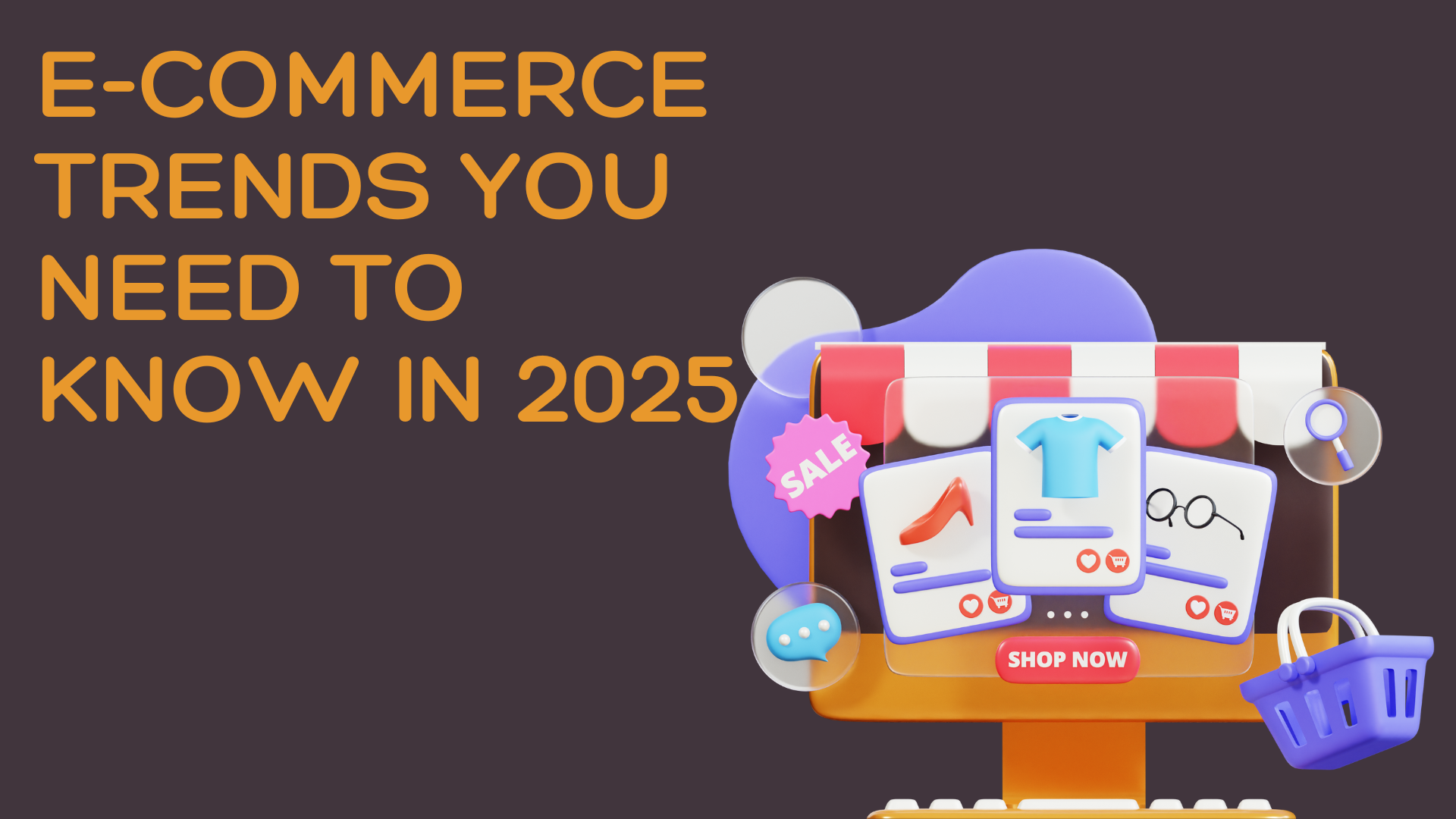
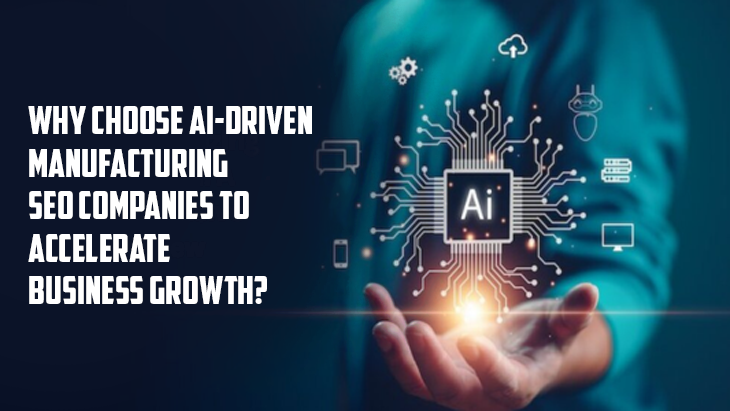
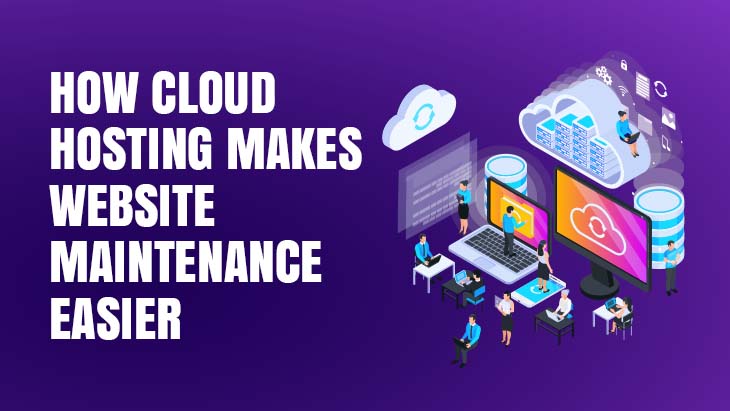
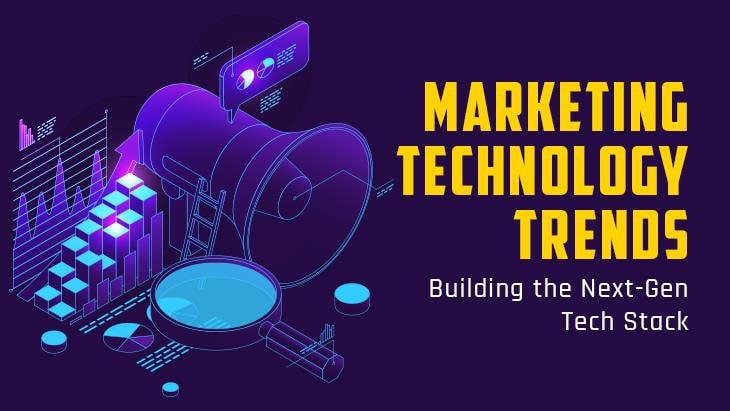
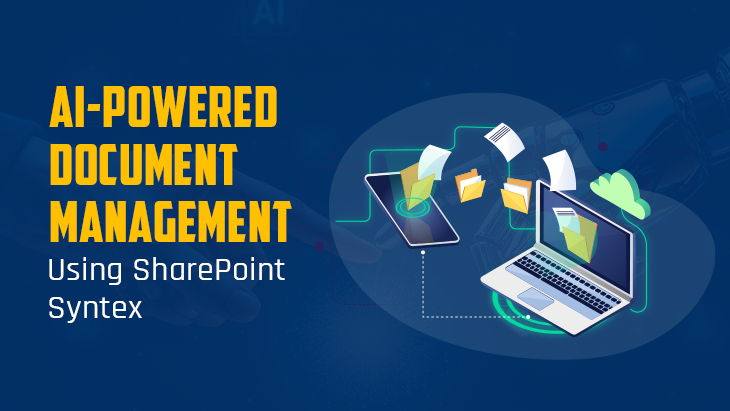

Post Comments